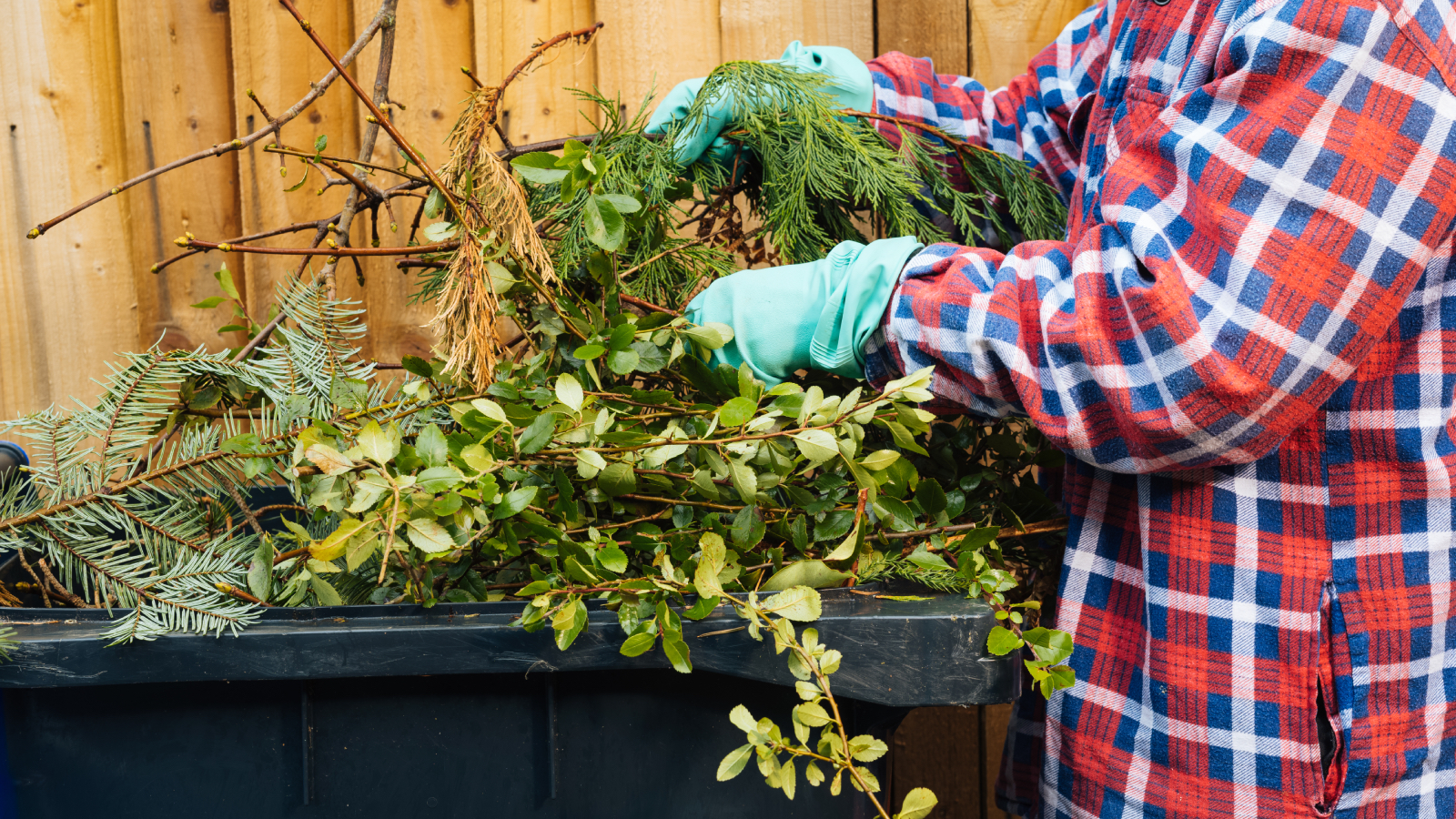I grew lettuce in my new 'crack garden' following advice from Monty Don
Can you really grow salad between block paving? I tried Monty Don’s “crack gardening” advice – and the results surprised me

Inspired by Monty Don’s tips for softening hard landscaping, I decided to try turning my block paving into a mini edible garden.
With nothing but a few gaps in the patio, some compost and lettuce seeds, I followed his steps for planting into cracks.
But after a few weeks of my new garden design trend I noticed changes but it didn't go exactly as I expected.
Prepping the area
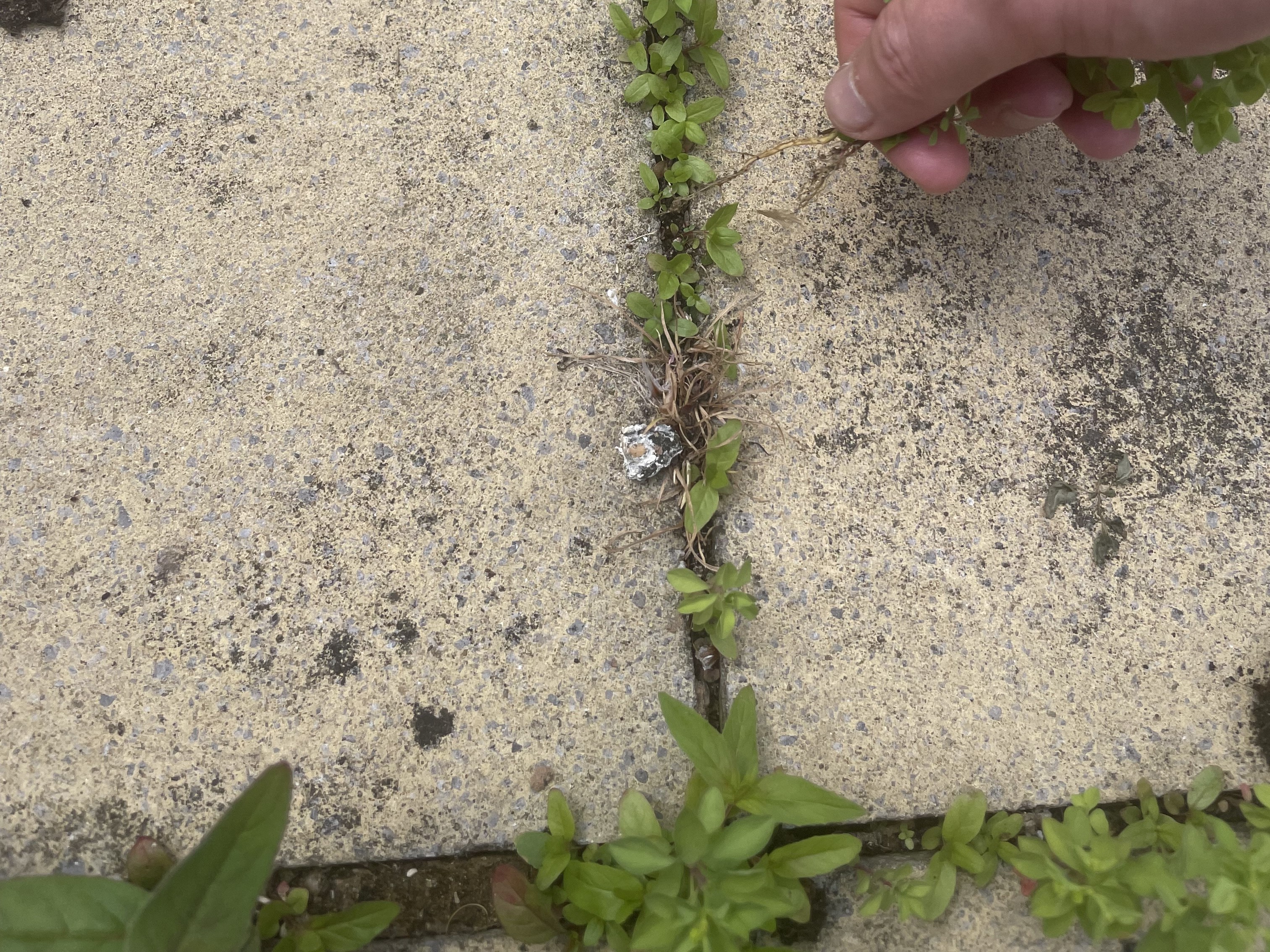
The first thing that was needed was to prep the area that was chosen and remove everything growing in the cracks.
Monty Don advised: “Use a pressure hose to wash away algae, moss and weeds, then brush sharp sand into the joints.”
I followed this and removed the weeds from the block paving and worked sand into the bottom of the cracks, which helps with drainage.
Then it was time to plant the seeds as Monty advised: “You’re going to have to take action… mix the seeds you want to use with compost and push them into the gaps.”
Bring your dream home to life with expert advice, how to guides and design inspiration. Sign up for our newsletter and get two free tickets to a Homebuilding & Renovating Show near you.
I did this and then gave them a good watering and then waited for the results.
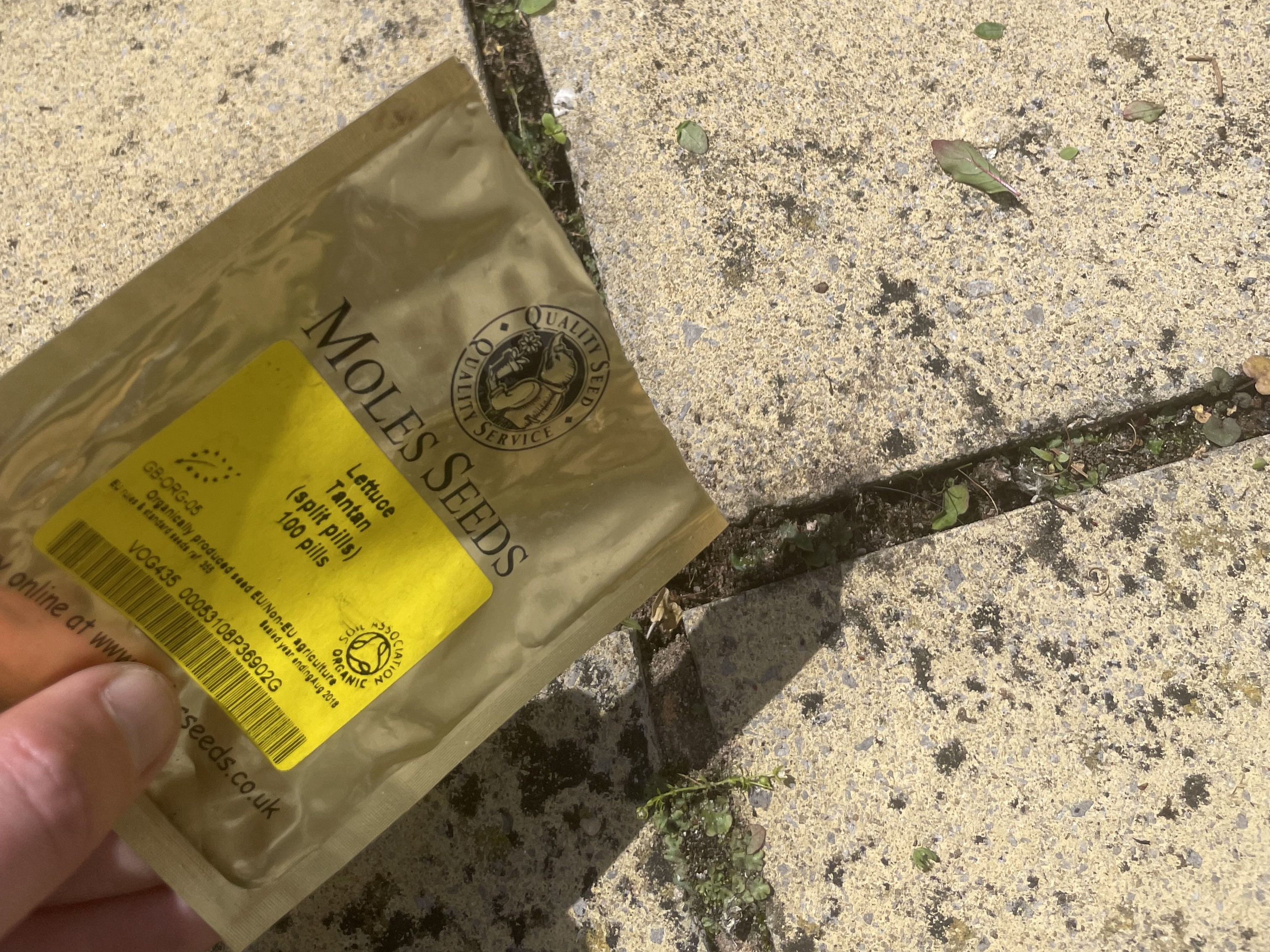
Initial sprouting
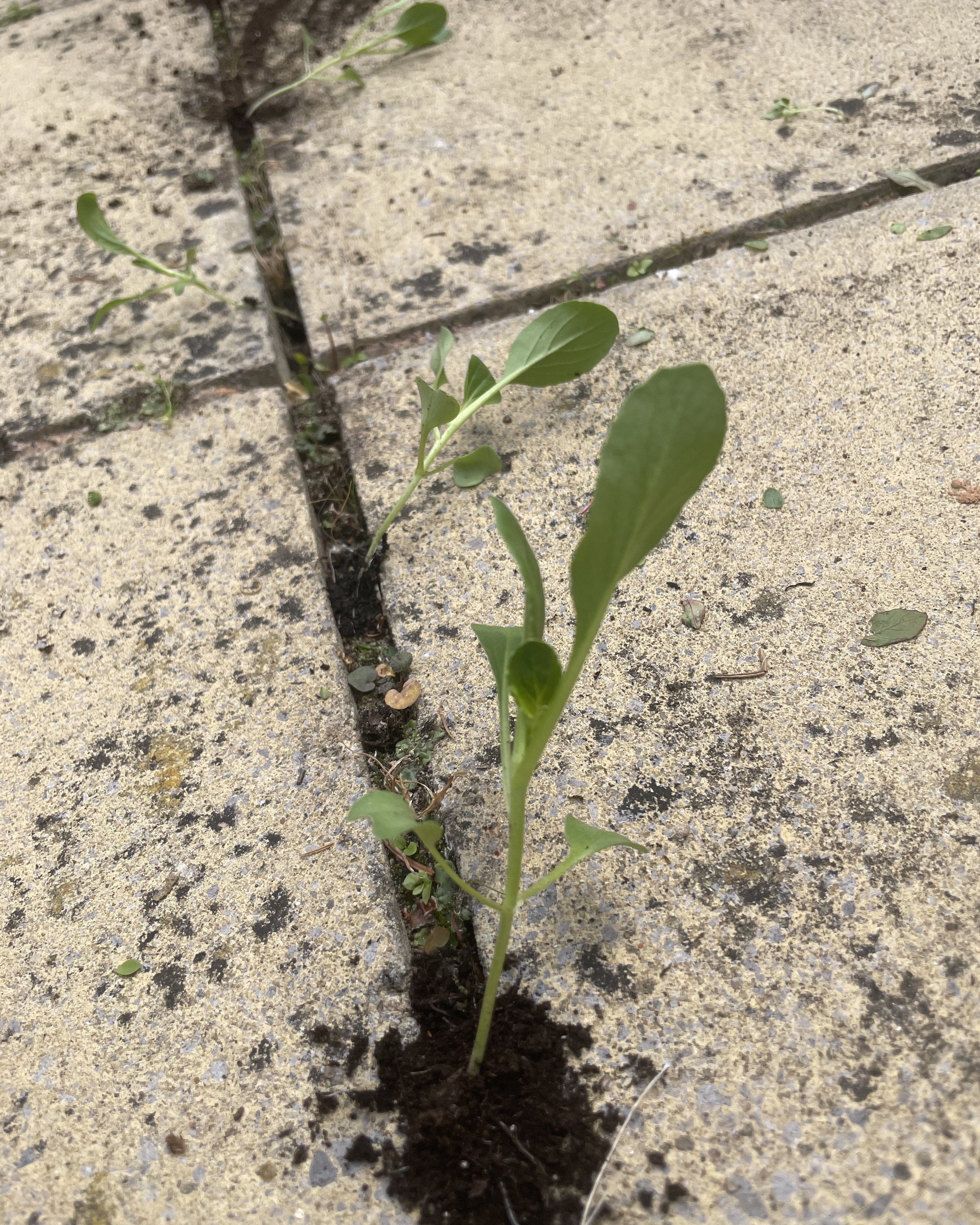
I was amazed that after just two to three weeks and regular watering like Monty recommended and initial sprouting started to form.
Then after four to five weeks the lettuce went from strength to strength. The roots did expand beyond what I initially imagined so more compost had to be put between the cracks but the lettuce was definitely growing.
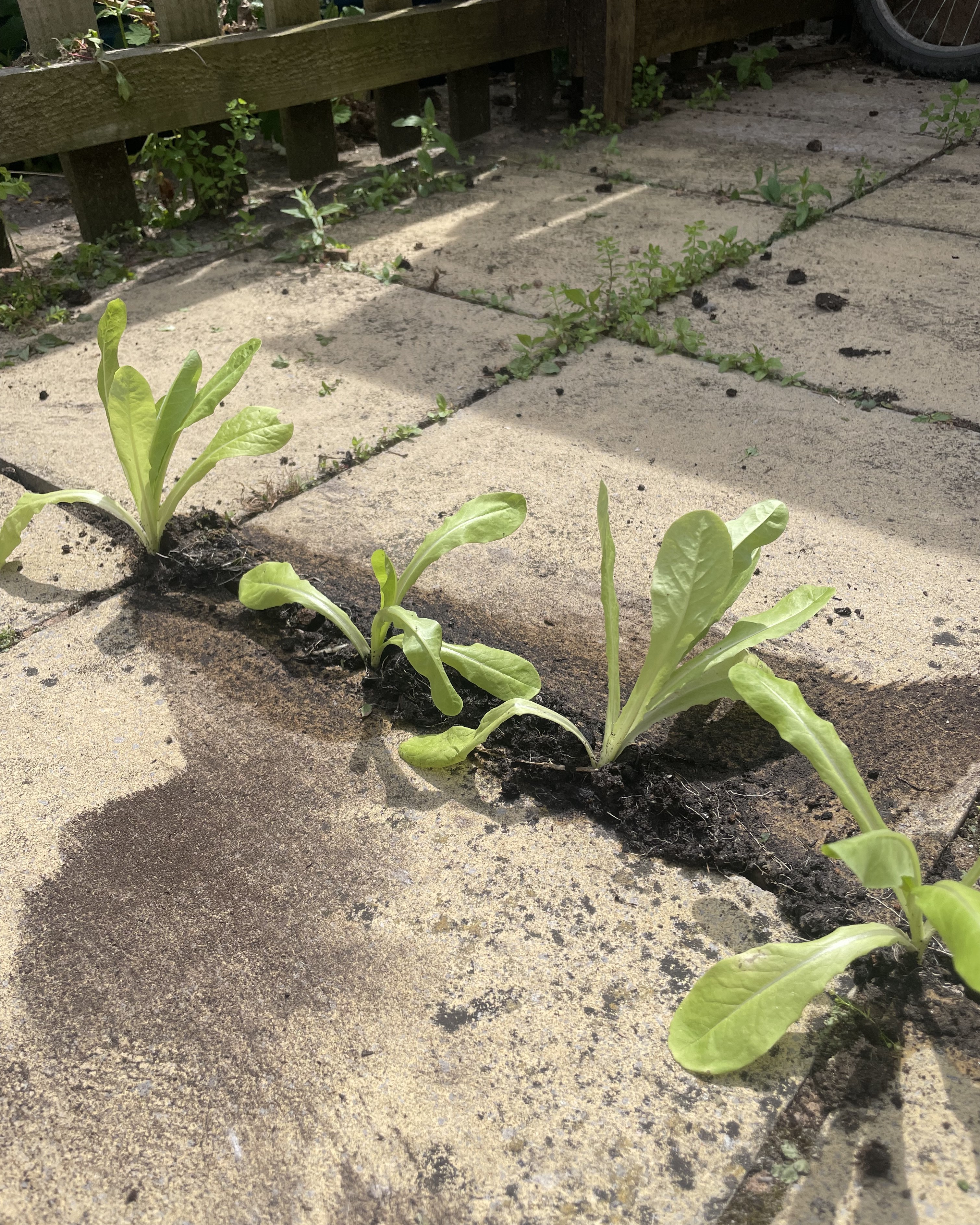
After four to five weeks the lettuce grew to a substantial size

How big did they get?
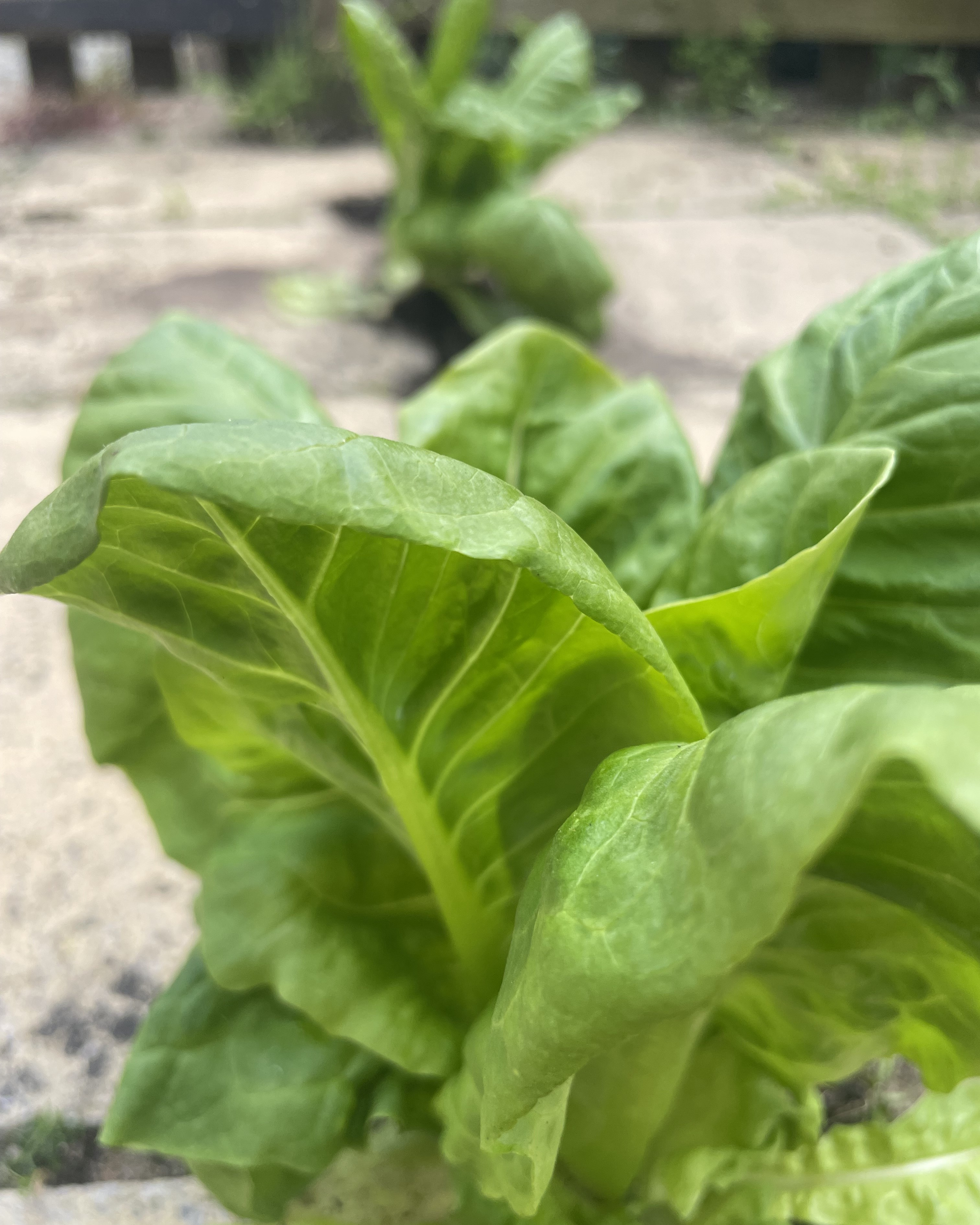
After ten to eleven weeks the lettuce had grown to their maximum size
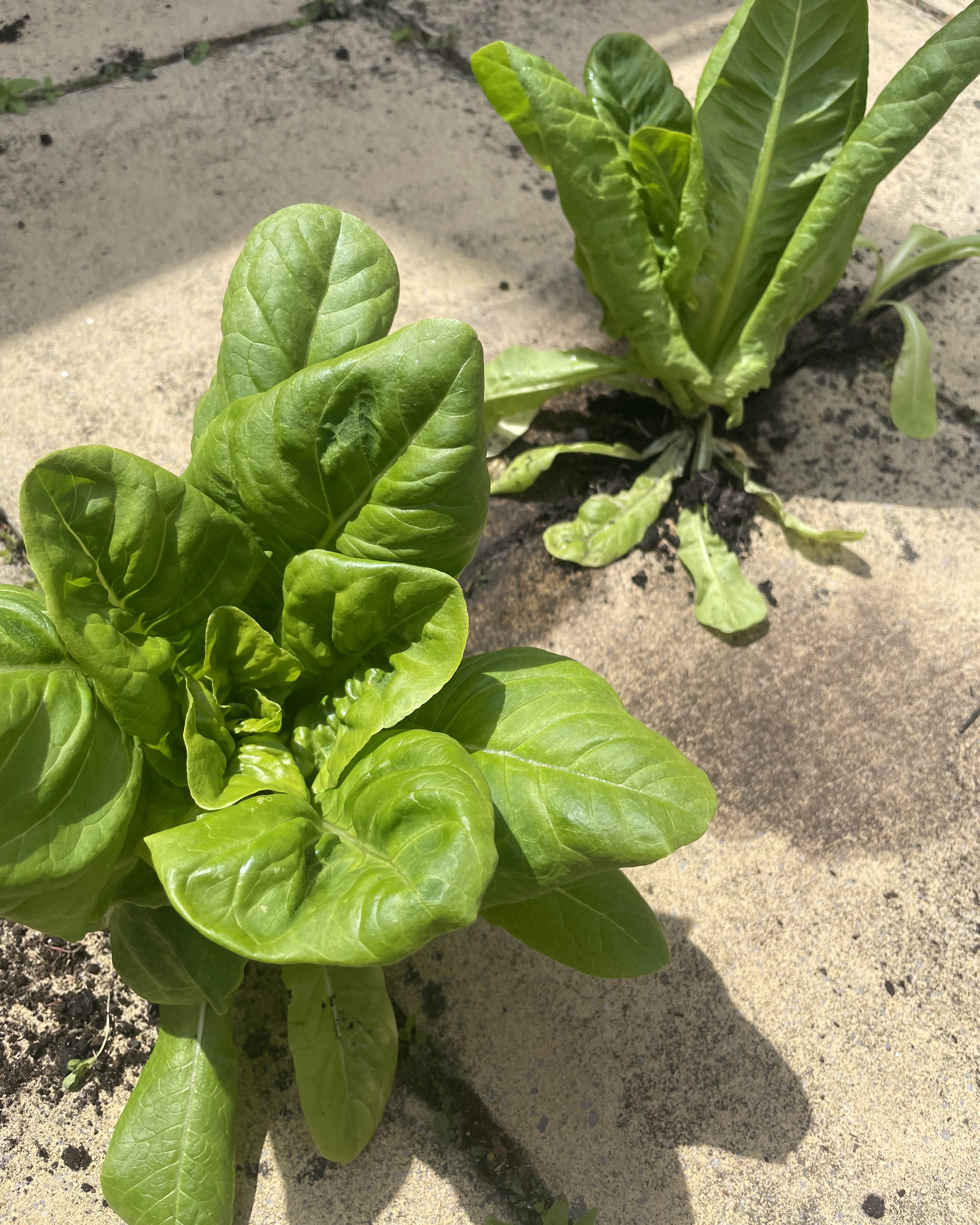
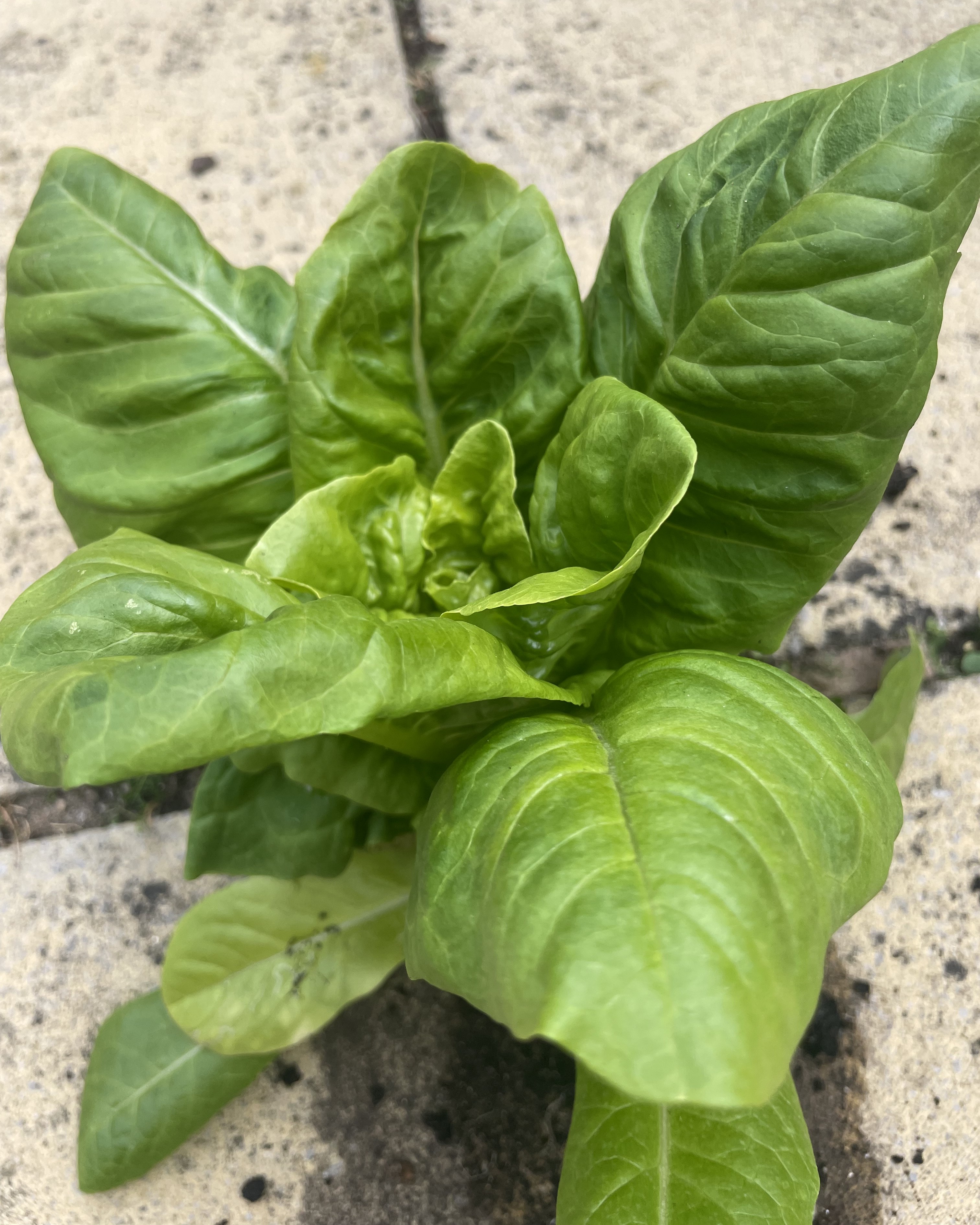
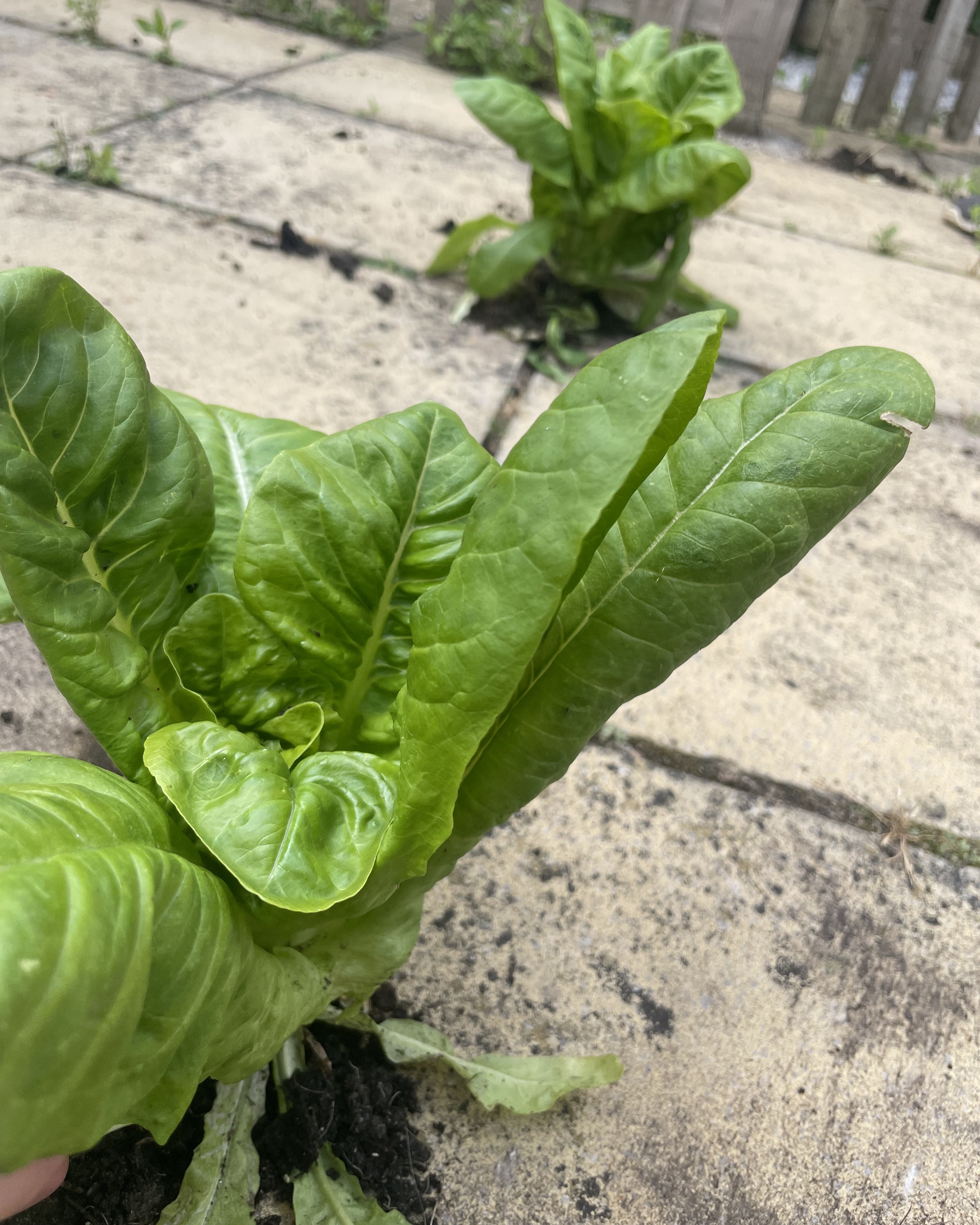
The final results were something I couldn't believe would ever grow outside the back of my house in garden paving.
Full-grown lettuces had formed! The roots had grown so big they started to protrude from the cracks.
After eleven weeks the lettuces had grown showing that the block paving didn't inhibit their normal growing schedule.
Taste test
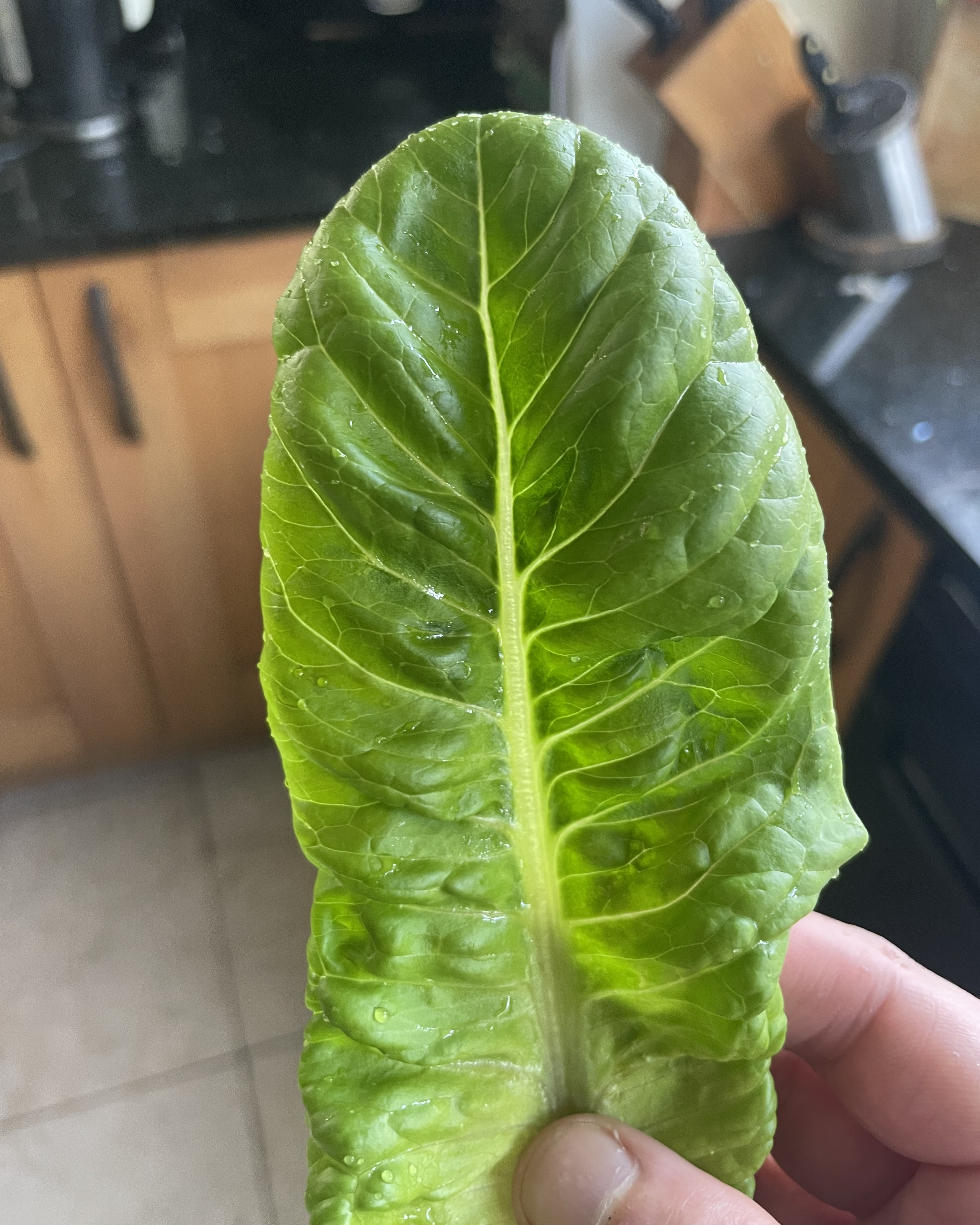
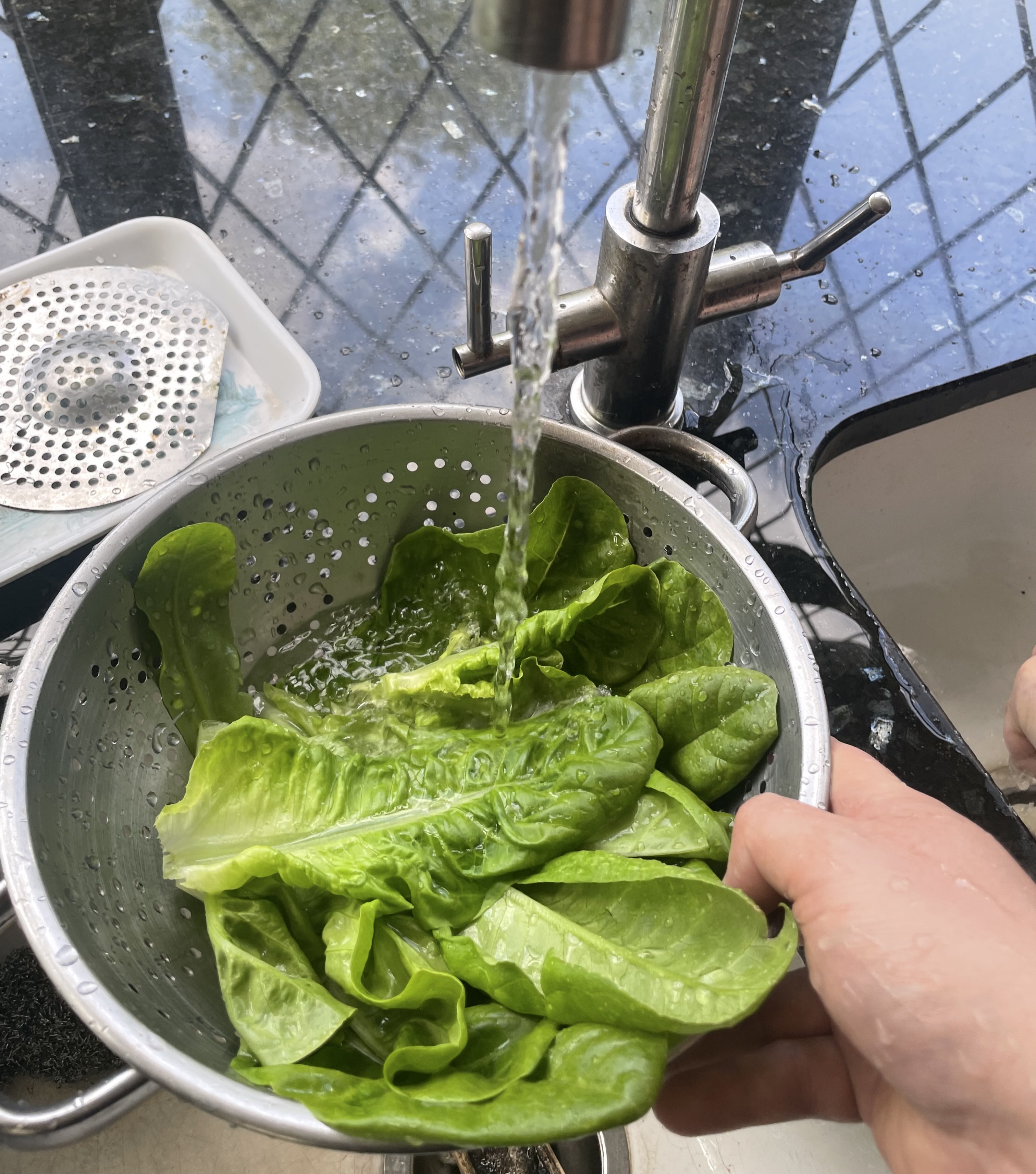
I was initially concerned about what the lettuce would taste of
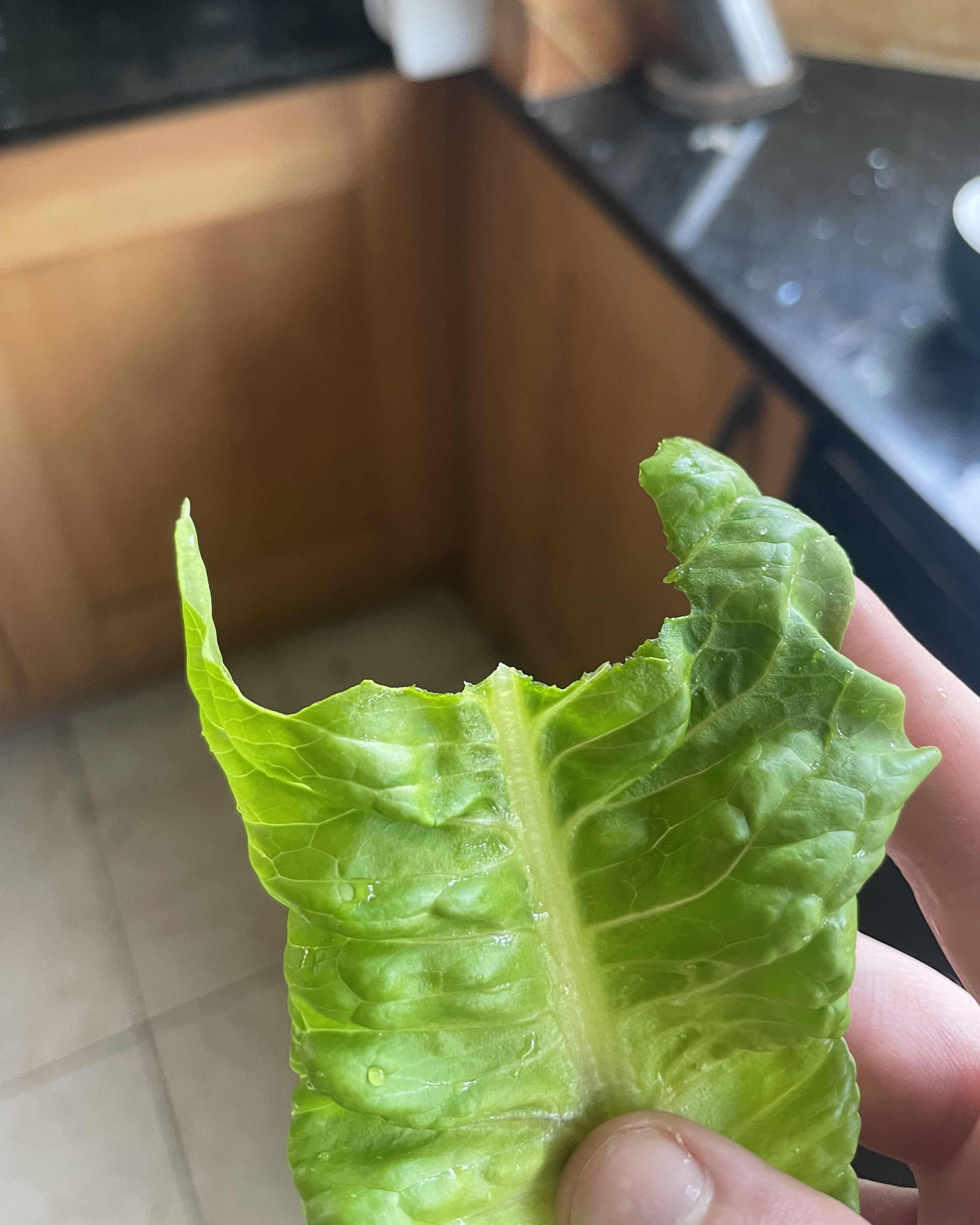
The only thing left was to try the lettuce and see if it tasted as good as it looked.
As with anything grown in the garden, a thorough washing was needed.
But amazingly, the lettuce actually tasted like lettuce. Normal lettuce. I wasn't sure what to expect, maybe that there would be a block paving aftertaste, but no, they were perfectly normal.
I'm now going to be experimenting with more plants in my block paving and see if Monty's advice will work wonders there as well.

News Editor Joseph has previously written for Today’s Media and Chambers & Partners, focusing on news for conveyancers and industry professionals. Joseph has just started his own self build project, building his own home on his family’s farm with planning permission for a timber frame, three-bedroom house in a one-acre field. The foundation work has already begun and he hopes to have the home built in the next year. Prior to this he renovated his family's home as well as doing several DIY projects, including installing a shower, building sheds, and livestock fences and shelters for the farm’s animals. Outside of homebuilding, Joseph loves rugby and has written for Rugby World, the world’s largest rugby magazine.
